“Being on the BIMobject marketplace provides immense value for Icons of Denmark. Not only does it increase our exposure and overall digital offering for our audience, but it also aids our own understanding of the market and what customers are truly seeking.”
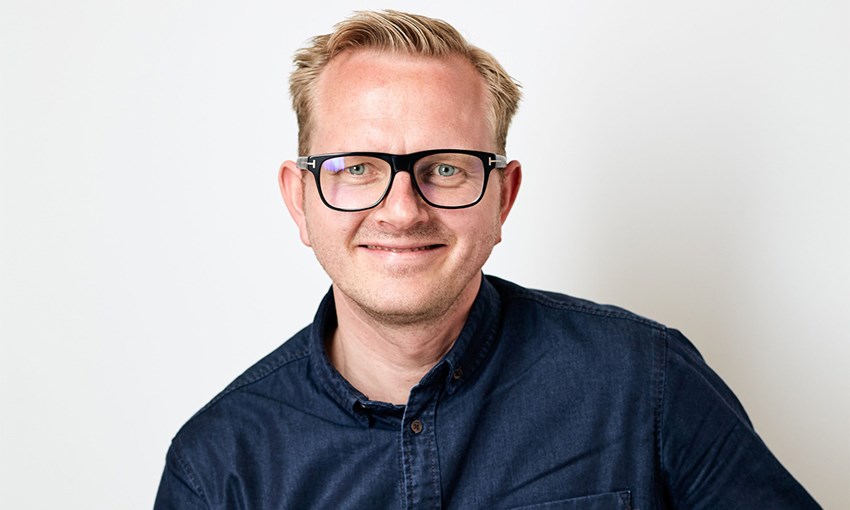
Icons of Denmark: a furniture manufacturer with a user-driven approach
Icons of Denmark is a manufacturer of office furniture that combines the Danish design philosophy with the ever-changing needs of the modern workplace.
With the purpose to “enrich peoples’ lives at work,” Icons of Denmark creates furniture that’s inviting, functional, and builds an emotional connection with its users. The company’s owner, Jesper Møllgaard Jensen, explains:
“Everything we create is made to support the activities and behaviors of modern work. This means we put the people who use our products at the center of our design process. This approach has enabled us to create a unique collection that adapts to changing needs and experiences while continually inspiring its users.”
Furniture made for the modern work environment
With usability at the core of their business, Icons of Denmark create furniture made to meet the need for flexibility in the modern workspace. Case in point: the EC1 sofa and the Crossover chair.
The EC1 sofa can convert from a team setting and accommodate periods of sitting with a laptop supported by power integrations to completely reconfiguring the modules to support a town hall-style setting.

The Crossover chair, with its ergonomic design, combines the style of a conference chair with the functionality of a desk chair.
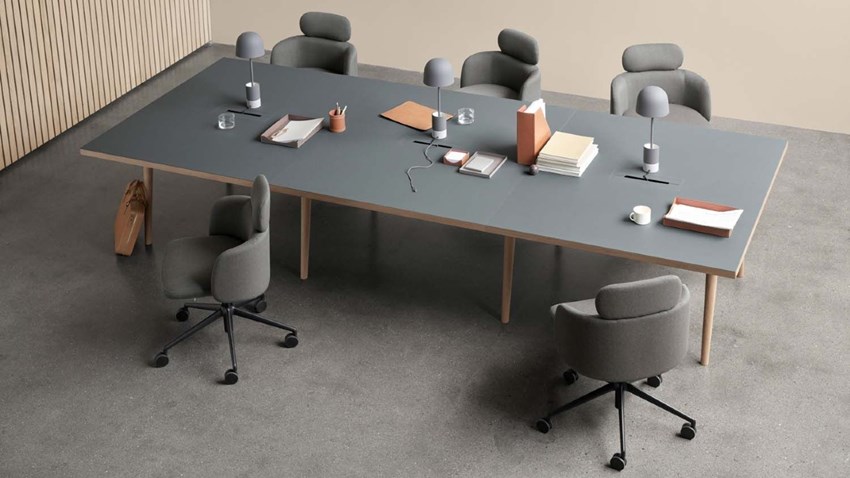
Check out Icons of Denmark’s full product range on BIMobject.com.
There’s no doubt that Icons of Denmark designs its products with the end user in mind. But how do they meet designers to increase the probability their products are specified, purchased, and used? The answer lies in BIM.
A furniture manufacturer at the forefront of digitalization
Digitalization is sweeping across the globe. Companies working within architecture and design need to learn how to navigate the new digital landscape. But digital innovation isn’t a foreign concept for Icon of Denmark. As a matter of fact, the company started working with 3D models from day one.
Jesper Møllgaard Jensen explains that the decision was rooted in their need to understand how 3D models are applied and how they help to support customers.
The next step was to get into BIM:
“Our background in 3D modeling is driving us to learn more about BIM as the technology evolves, learn more about visualizing our products, and how we implement them in unique new settings,“ says Jesper.
“BIM allows us to speak the language of our customers”
Most companies talk about the importance of walking a mile in the customers' shoes to understand their decision-making processes, the value drivers, and the pain points. But Icons of Denmark don't just talk the talk; they walk the walk, too. Jesper Møllgaard Jensen explains:
“It is unusual for a furniture company like ours to have the whole sales team capable of drawing in 3D software.”
He elaborates:
Because of this, BIM allows us to speak the language of our customers, and we can better understand what support they need and be able to provide this as part of our service.”
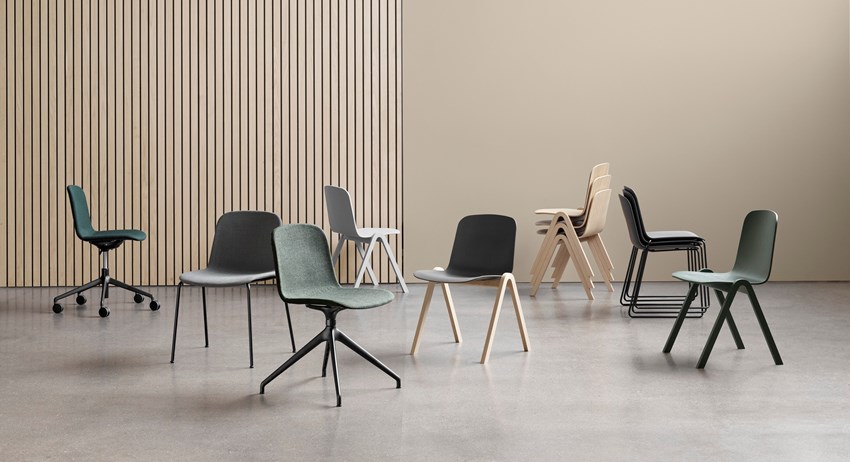
A market-driven move from Revit to BIMscript
Icons of Denmark aims to be at the forefront of the impending digital transformation by using digital design as a part of their processes. As such, the company has deepened its BIM practices.
The decision wasn’t founded on guesswork or buzz. The move from Revit to BIMscript is based on analyzing and meeting expansive market needs. Jesper explains:
“Our growth in the Nordics and wider Europe has largely contributed to our decision to move from pure Revit file use to BIMscript, which offers a wider range of formats for BIM modeling.”
BIMobject: improving exposure and reach
The Danish furniture manufacturer isn’t new to BIM. And they aren’t new to BIMobject, either. As a matter of fact, Icons of Denmark have three years of experience in the BIMobject marketplace behind them. So, what value has it delivered so far? Jesper answers:
“Being on the BIMobject marketplace provides immense value for Icons of Denmark. Not only does it increase our exposure and overall digital offering for our audience, but it also aids in our understanding of the market and what customers are truly seeking.”
He continues:
“The ability to reach the right audience and deepen their experience with Icons by servicing their need for BIM models in a simple and convenient way, is a huge benefit and value-add for us.”
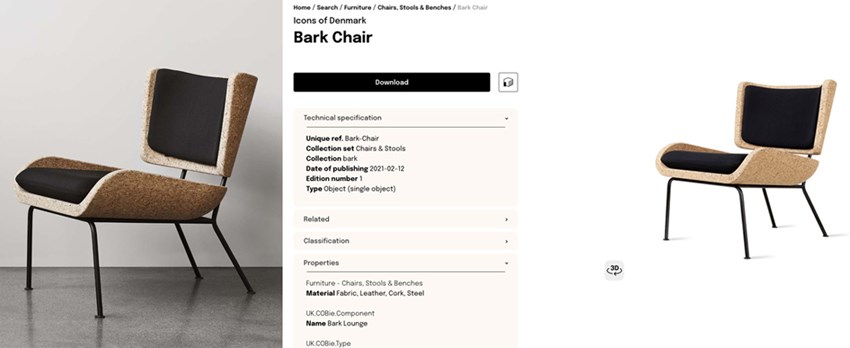 Download Icons of Denmark Bark Chair now.
Download Icons of Denmark Bark Chair now.
“Insights help us understand what our clients need”
Apart from offering a marketplace where manufacturers can reach designers, BIMobject also offers tools to analyze downloads and understand target audiences. Jesper explains that this provides immense value for Icons of Denmark:
“The insight we receive from BIMobject helps us better understand what our clients are needing for their projects as demand for BIM expands, and in turn, how we grow and fine-tune our own collection.”
BIM objects: Facilitating a smarter and more sustainable industry
For Icons of Denmark, BIM, BIM objects, and BIMobject form a perfect triad to enable growth. But there’s another aspect of BIM that shouldn’t be left unsaid: sustainability.
But how does it work? Well, every BIM object that goes into a BIM project contains parametric information such as size, height, weight, and more. By including data about a model’s physical and functional components, it gives architects and designers the insights and tools to plan, design, and build in a smarter, faster, and more sustainable way.
Want more on the topic? Get the insights you seek in Why sustainability is key to getting specified >
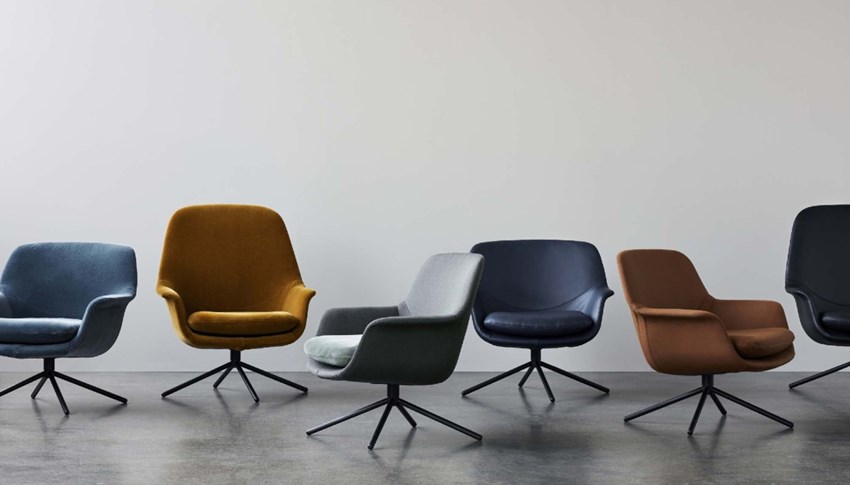
Jesper Møllgaard Jensen and his coworkers are quick to understand how they play a part in creating a smarter and greener world:
“By having our collection as BIMscript models on BIMobject, we are giving designers and architects the ability to visualize and imagine our products in their end-users space ahead of time, supporting economies of scale, the longevity of use, and confidence in the buyer’s decision making.“
Jesper continues:
“Every step of the process where BIM saves time, improves efficiency, enhances the design and reduces errors, provides a quantifiable opportunity for a project’s lifelong environmental impact to be reduced.”
Digitalization: enabling growth and expansion into new markets
In a time without trade shows, the BIMobject marketplace offers manufacturers a 24/7/365 way to reach, connect with, and influence more than 2 million architects, engineers, and designers worldwide. For a company with international reach, the online presence has proven vital for their business growth and expansion:
“The marketplace also gives not only great accessibility for those within the UK, who ordinarily might still be able to meet us in person, but it has also helped Icons strengthen our digital presence and ensure that we’re accessible to architects, designers, and end-users across the wider international market, no matter where they are based.”
What does the future hold in store for Icons?
“We see BIMobject as being a helpful tool when it comes to widening our reach within our audience demographic. Fundamentally it helps us grow as a brand and how we strategize evolving as a business in the future,” concludes Jesper Møllgaard Jensen, Owner of Icons of Denmark.
Want to be like Icons of Denmark and enable smarter growth and a greener industry? Get on the BIMobject marketplace today!

Sarah Chase
Global Content Marketer






